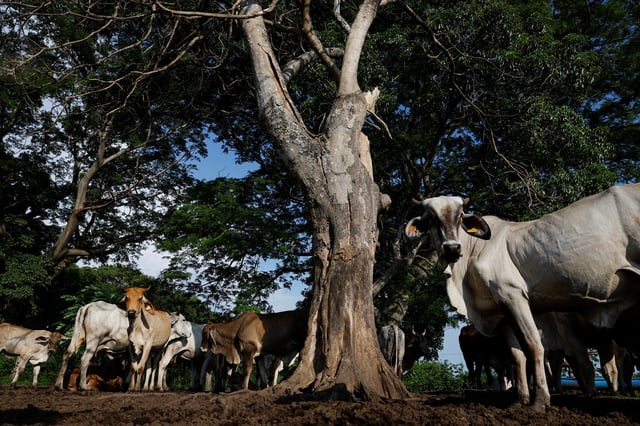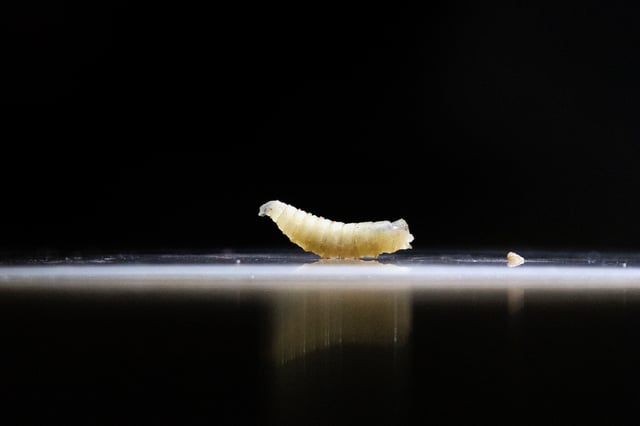Overview
- The U.S. Department of Agriculture has maintained live-cattle import suspensions since July, marking the third shutdown in eight months to shield domestic herds from screwworm incursions.
- Ranchers in Sonora and Chiapas have sold over 35,000 cows domestically at roughly 35% below export prices while branching into beekeeping, sheep farming and boutique beef sales to offset lost U.S. markets.
- Producers and industry groups estimate up to 800,000 illegally trafficked cattle cross from Central America each year, bypassing health inspections and intensifying the outbreak’s spread.
- Binational containment measures include weekly sterile-fly releases and hundreds of new APHIS verifiers in Mexico, but a $51 million Chiapas breeding plant backed by U.S. funds won’t begin operations until 2026, leaving capacity strained.
- Since November, Mexico has recorded more than 2,258 animal infestations and over 30 human cases including one death, while terrain challenges and producer fears continue to hamper accurate reporting and treatment.



